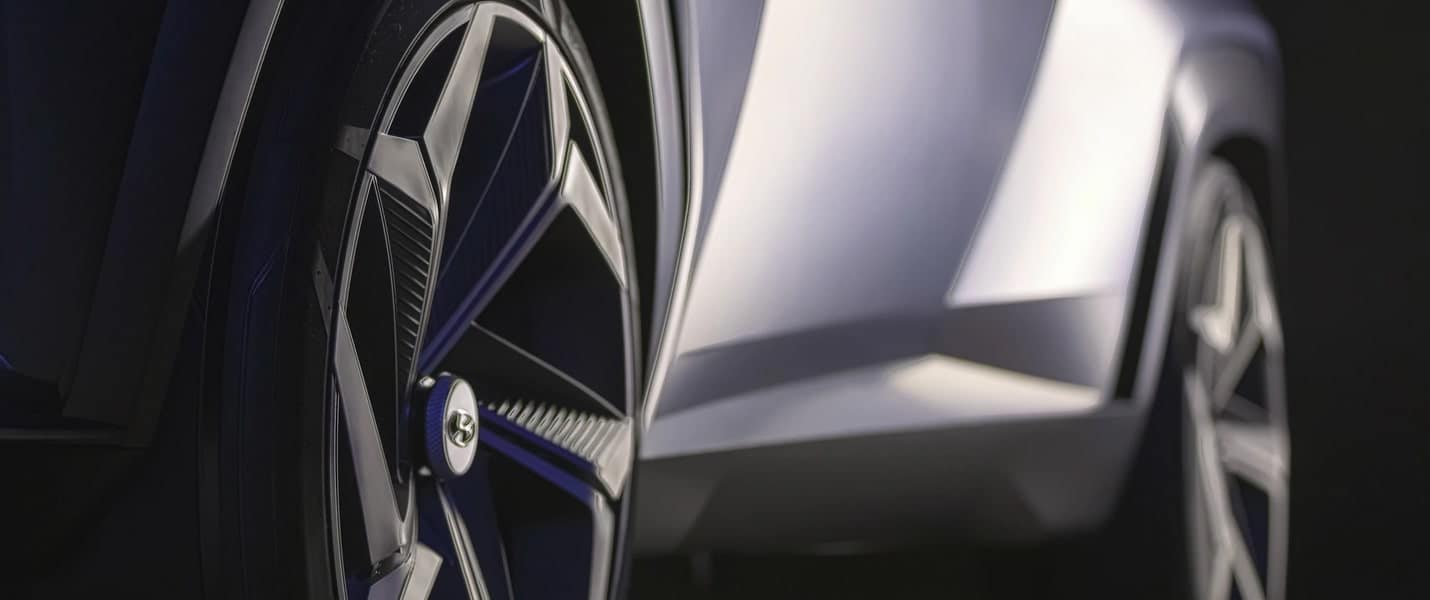Sample text

3D-printed forged wheels are here! The next big thing in the overseas tuning scene?
The emergence of 3D-printed forged wheels is indeed making waves in the global tuning scene, combining cutting-edge manufacturing with performance benefits. Here’s why they could be the next big trend:

Why 3D-Printed Forged Wheels?
- Lightweight & Strong
- 3D printing (additive manufacturing) allows for optimized structures (like lattice designs) that reduce weight without sacrificing strength—similar to forged wheels but with even more precision.
- Materials like titanium alloys or high-grade aluminum can be used, offering better strength-to-weight ratios than traditional cast wheels.
- Customization & Design Freedom
- Unlike conventional wheels, 3D printing enables fully bespoke designs—unique spoke patterns, aerodynamic enhancements, or even personalized branding.
- Tuners can tweak designs digitally and print them on demand, reducing lead times.
- Performance Advantages
- Reduced unsprung weight improves handling, acceleration, and braking.
- Better heat dissipation in high-performance applications (e.g., track use).
- Sustainability Angle
- Less material waste compared to traditional forging/machining.
- Potential for recyclable metal powders in the printing process.
Challenges & Considerations
- Cost: Currently, 3D-printed wheels are expensive due to tech and material costs, making them a premium option (for now).
- Regulations & Testing: Ensuring they meet TÜV/JWL/VIA standards for road use is critical.
- Market Adoption: Enthusiasts may be hesitant until proven in real-world conditions (like durability over potholes).
Overseas Tuning Scene Reaction
- High-end tuners and supercar owners are likely early adopters (similar to how carbon fiber wheels gained traction).
- Drift/Race Teams may experiment for weight savings and customization.
- Luxury brands (like Bugatti or McLaren) could adopt them for limited editions.
The Verdict
3D-printed forged wheels are more than a gimmick—they represent the future of wheel tech. While mass adoption may take time due to cost, their performance potential and customization make them a strong contender in the tuning world.








